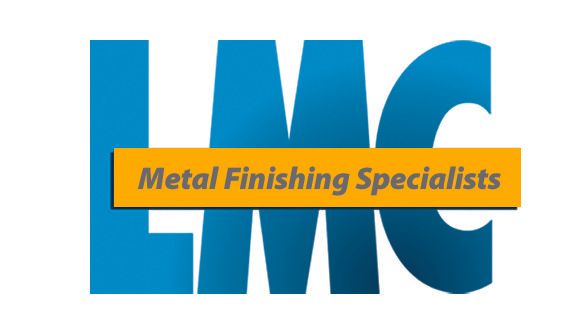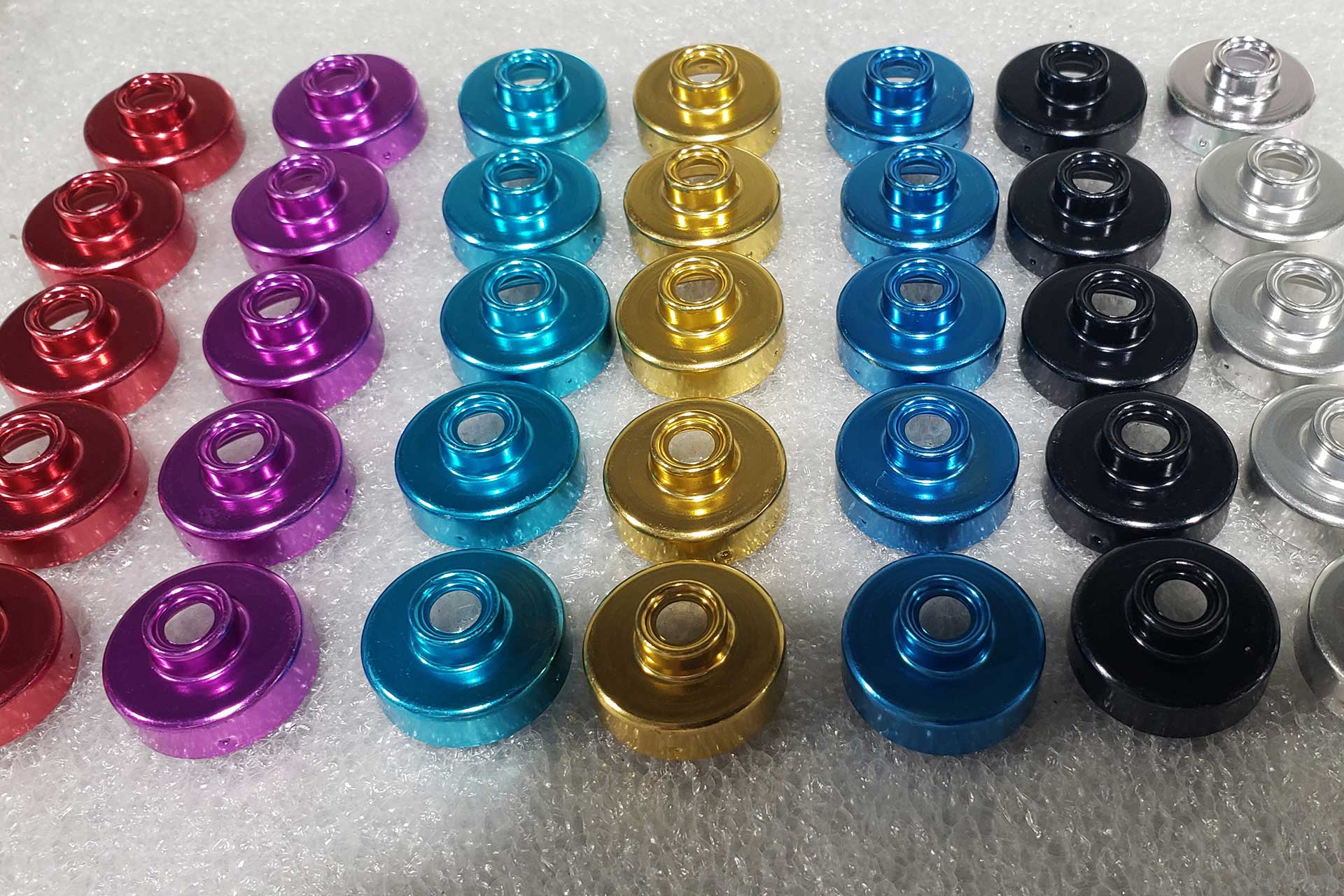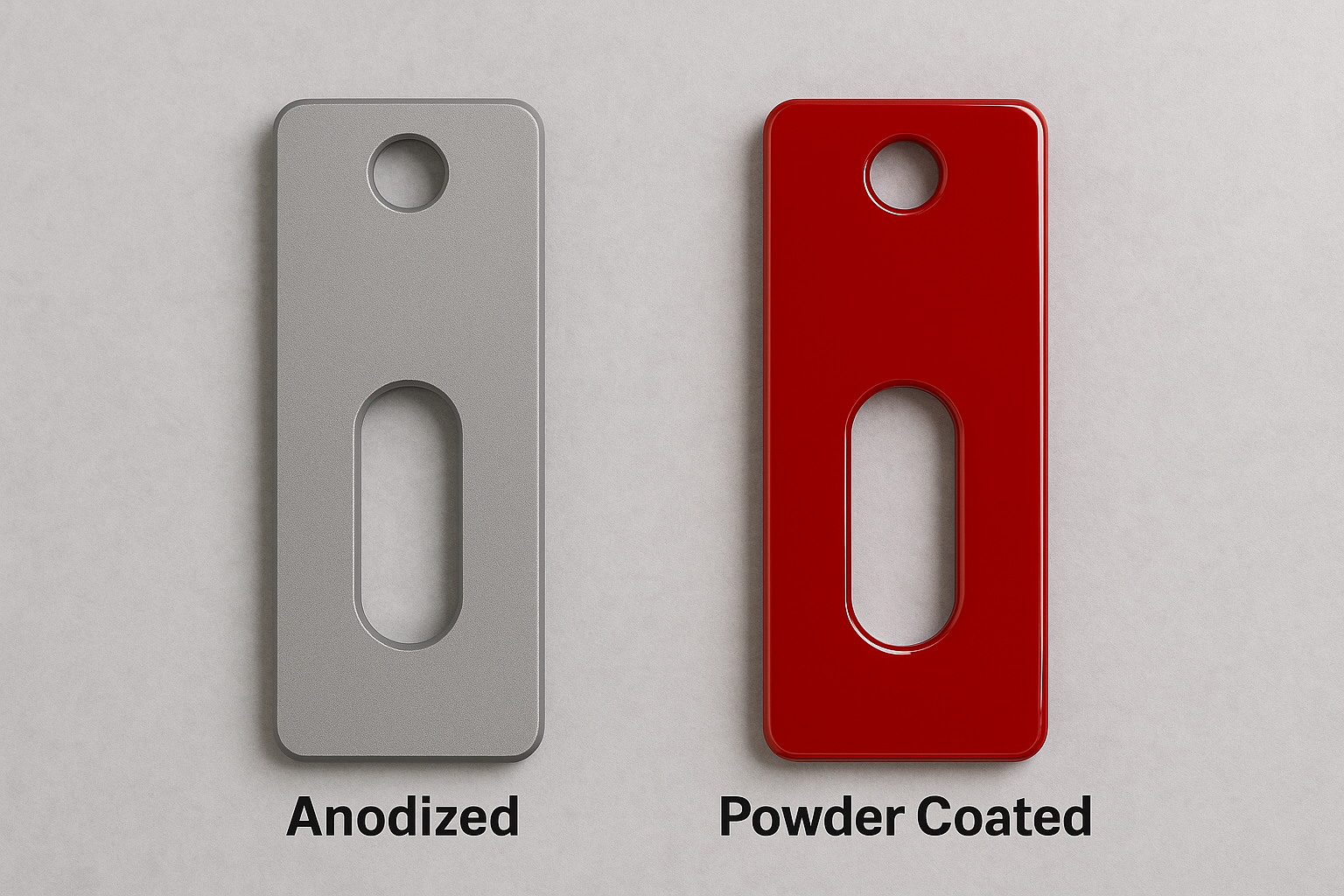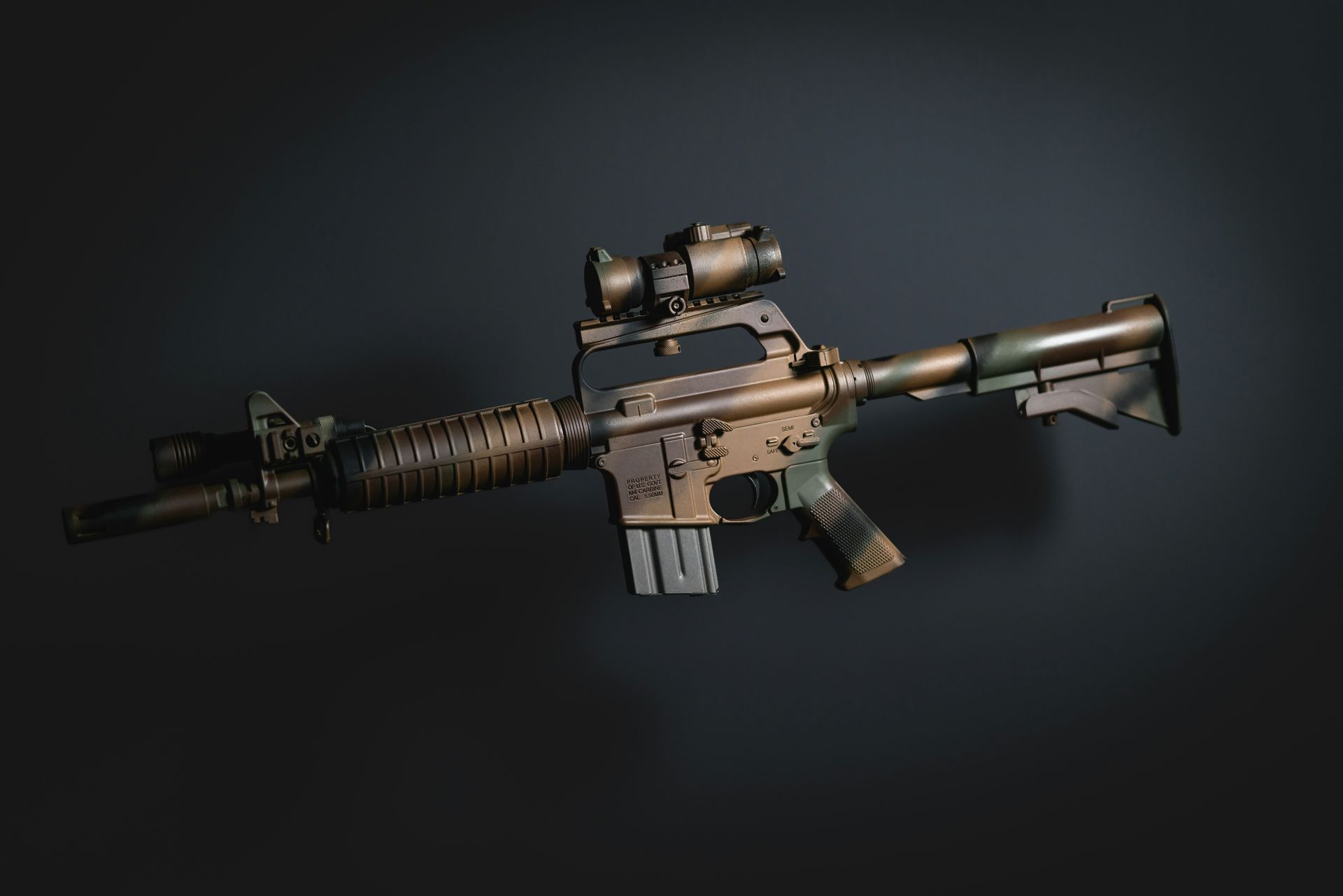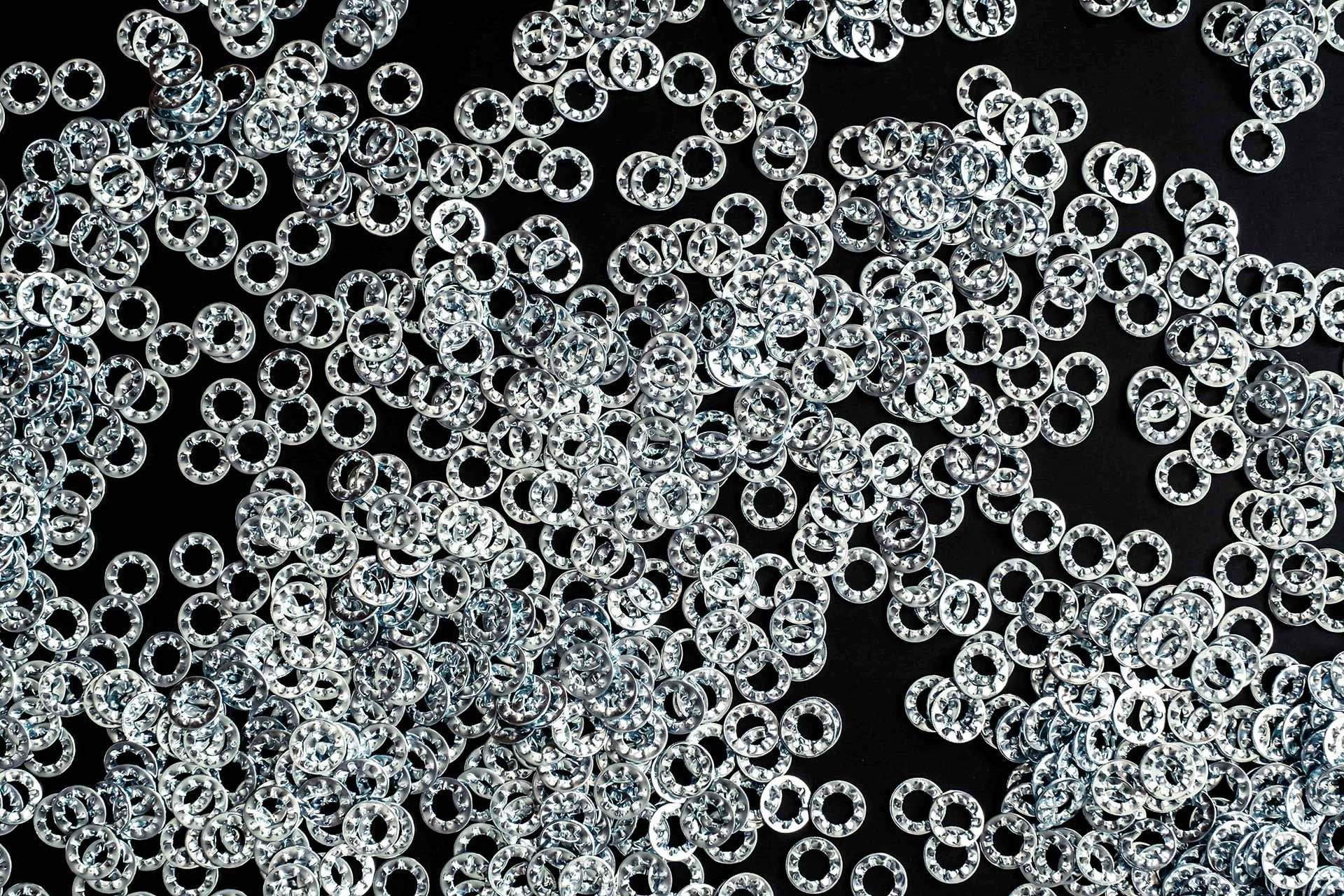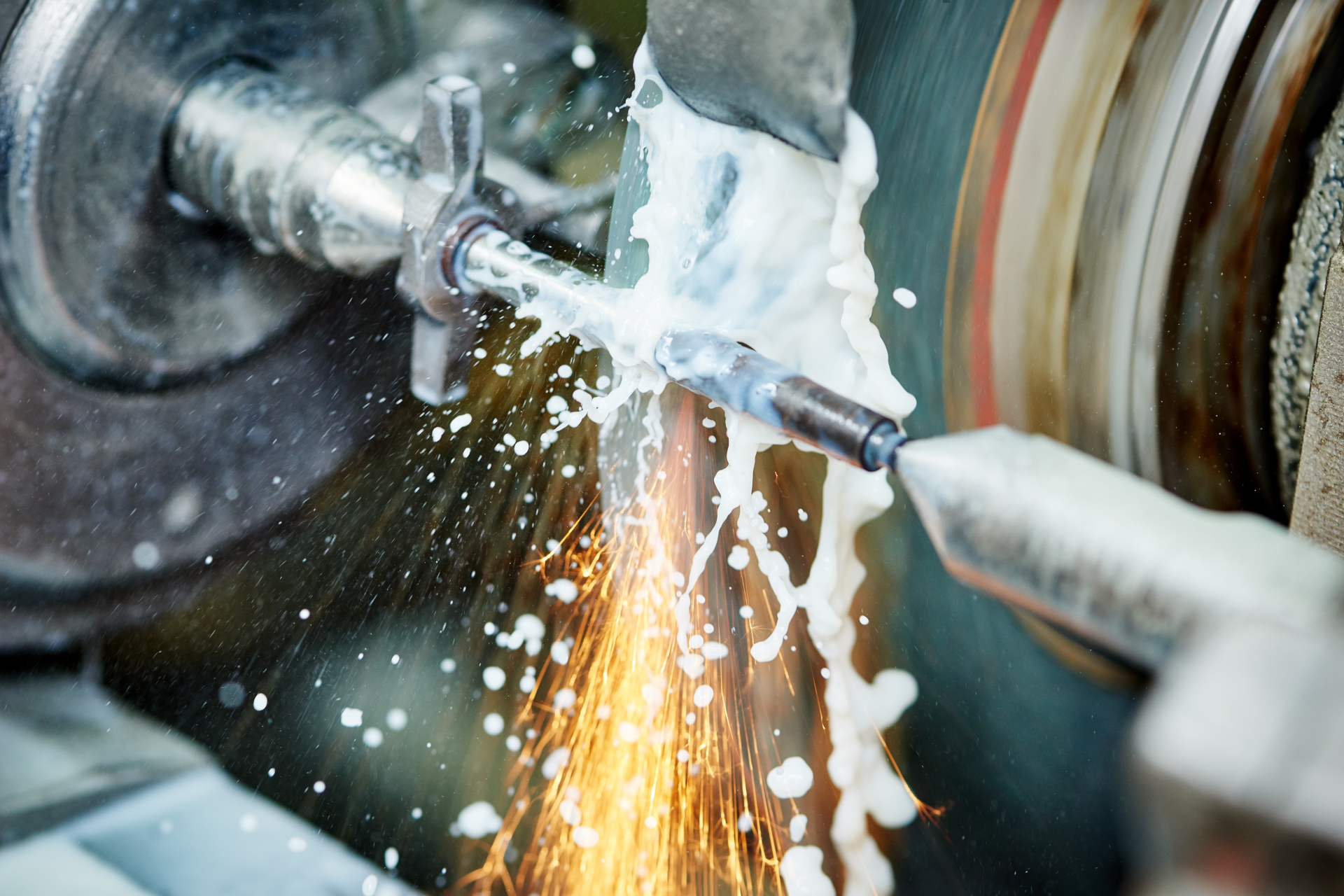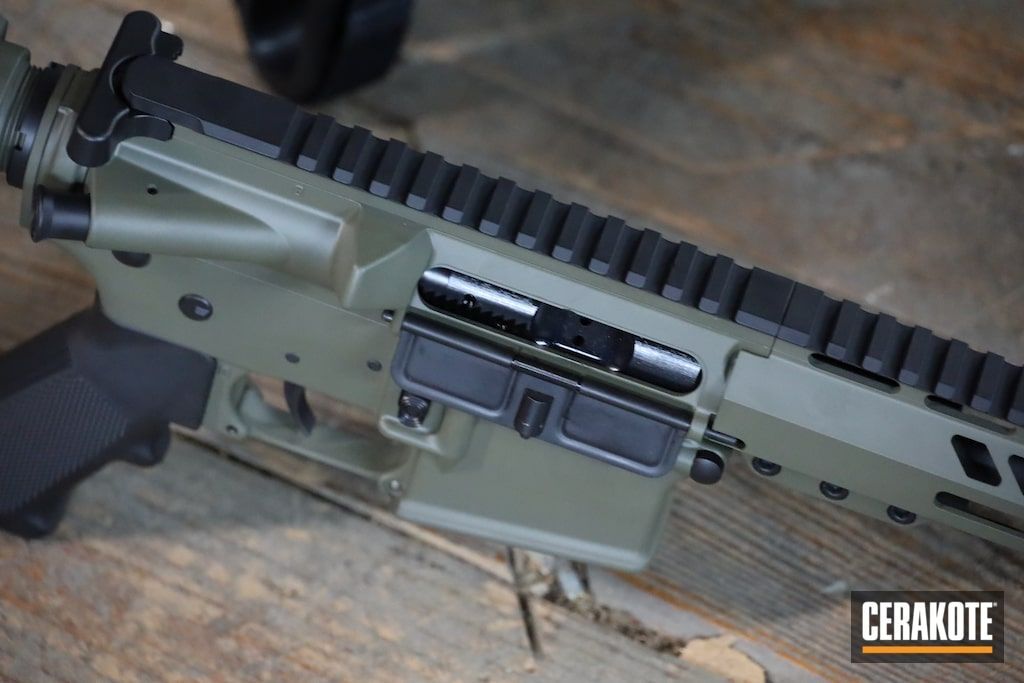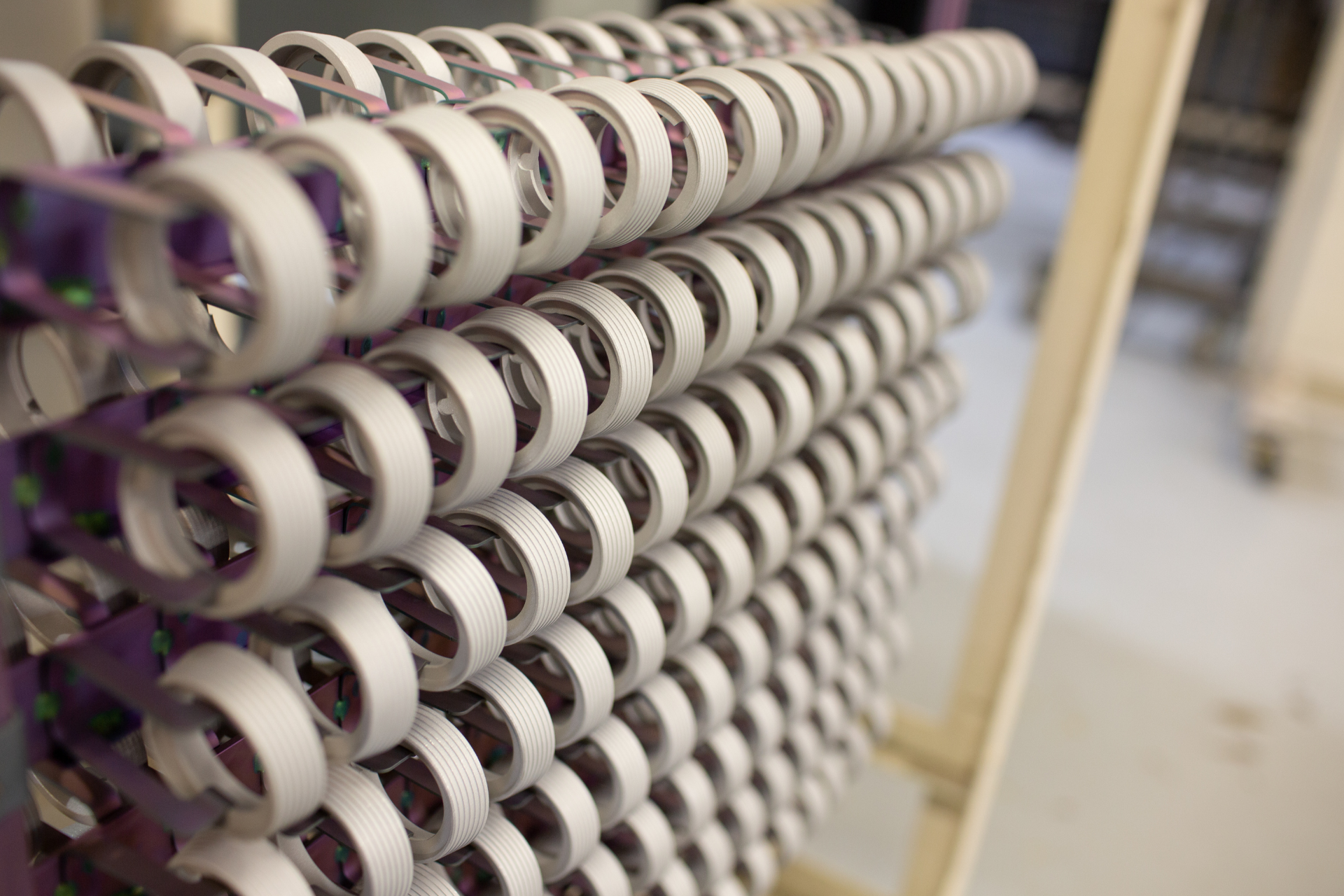Understanding Mil-A-8625 Standards for Anodized Finishes
In industries where performance under pressure is non-negotiable, including aerospace and military, surface finishes ensure survival and protection. One of the most trusted specifications for anodizing aluminum is Mil-A-8625, a military standard that has become the benchmark for ensuring durability, corrosion resistance, and electrical insulation in vital components.
This guide is your go-to resource for breaking down what Mil-A-8625 really means, how it’s applied, and why engineers and manufacturers across high-stakes sectors rely on it for mission-critical results.
What Is Mil-A-8625?
Mil-A-8625, formally known as "Military Specification: Anodic Coatings for Aluminum and Aluminum Alloys", outlines strict guidelines for anodizing aluminum surfaces to achieve maximum corrosion resistance, increased wear protection, and improved surface hardness. Originally created for the Department of Defense, the standard ensures that anodized parts perform under extreme environmental and operational conditions.
In this context, anodizing is more than just a cosmetic finish; it's a performance-boosting treatment. The process converts the aluminum surface into a durable oxide layer through electrochemical reactions, and this protective barrier is resistant to corrosion and wear while increasing adhesive qualities for paints and sealants. From fuselage panels to structural brackets, meeting Mil-A-8625 requirements helps ensure the part holds up against both time and terrain.
From Mil-A-8625 to Mil-PRF-8625
Although commonly referred to as "The Mil-Spec", Mil-A-8625 has been updated and replaced with Mil-PRF-8625 (the “PRF” stands for “performance”). While many engineering drawings and legacy documentation still reference and require certification to Mil-A-8625, it is important to note that when working with NADCAP-accredited anodizing processes, any reference to Mil-A-8625 must be interpreted as requiring compliance with Mil-PRF-8625. The updated specification includes all the functional requirements of the original while adding performance-focused language and updated industry practices.
Key Types of Anodize Under Mil-A-8625
Mil-A-8625 categorizes anodizing processes into three types, each designed to meet specific operational demands. From ultra-thin coatings for fatigue-sensitive parts to hard-wearing layers for components under high friction, there’s a type for every challenge.
Type I – Chromic Acid Anodize
Type I anodizing uses chromic acid to create a thin, minimally porous coating. While it may not be the most robust in terms of abrasion resistance, it is highly valued for applications where fatigue resistance is needed. Due to its thinness, it introduces minimal dimensional change, which is crucial for tight-tolerance parts like aircraft skins and precision-engineered components. Type I finishes are often found in aerospace applications where maintaining structural integrity is key, and weight savings matter.
Type II – Sulfuric Acid Anodize
By far the most common form of anodizing, Type II involves using sulfuric acidto produce a thicker, more porous coating than Type I. What makes this type especially versatile is its ability to absorb dyes, making it suitable for both functional and aesthetic purposes. This is where MIL-A-8625 Type II Class 2 comes into play. These are dyed sulfuric finishes that provide color coding, branding, or light-absorption features alongside corrosion resistance. Aerospace components like mounting brackets, control knobs, and decorative elements often feature Type II anodizing due to its balance between cost, protection, and appearance.
Type III – Hardcoat Anodize
Also known as hard anodizing, Type III is engineered for maximum durability. This type of finish is much thicker (often up to four times the thickness of Type II) and results in an extremely dense and wear-resistant layer. It’s ideal for parts exposed to heavy abrasion, high mechanical loads, or harsh environments. Common applications include weapon system components, landing gear elements, and other mechanical assemblies where friction and exposure are consistent. When dyed, these finishes fall under MIL-A-8625 Type III Class 2, offering both high performance and visual distinction.
Classes of Anodized Finishes
Beyond types, Mil-A-8625 also defines two finish classes: Class 1 (non-dyed) and Class 2 (dyed). This classification influences the final appearance and function of the anodized part.
Class 1 finishes are natural or clear coatings that are valued for their clean appearance and maximum corrosion resistance. Typically, these are used in situations where aesthetics are secondary and maintaining the original aluminum look is desirable. Class 2 finishes involve dyes, allowing for a range of color options. These are popular not just for their visual appeal but also for functional reasons, such as part identification, UV light absorption, or aesthetic branding.
Each anodizing type can be paired with either class, which gives manufacturers a flexible matrix to meet both performance and visual criteria. For example, a Type II Class 2 finish might be used for an interior panel with a custom color, while a Type III Class 1 coating could be specified for a component requiring strong wear resistance without added color.
Compliance and Testing Requirements
Achieving compliance with anodize MIL-A-8625 standards involves more than just selecting the right type and class; it requires rigorous testing and quality control to ensure the coating performs as expected. The thickness of the coating is a primary consideration. Type II finishes generally range between 0.0002 to 0.001 inches, while Type III coatings can exceed 0.002 inches, often reaching up to 0.004 inches depending on the use.
Sealing is another vital aspect - without proper sealing, anodized coatings can remain porous and susceptible to chemical intrusion or environmental degradation. The standard outlines acceptable sealing methods, such as hot water, nickel acetate, or dichromate sealing, each with its own performance characteristics.
Testing protocols also include weight gain measurements, confirming the density and uniformity of the anodic layer. Corrosion resistance is usually verified through salt spray testing, while adhesion and porosity can be checked using dye stain or tape tests. These tests help ensure that every part leaving the line is up to spec, especially when used in safety-critical roles.
Benefits of Meeting Mil-A-8625 Standards
So, what’s the payoff for meeting all these specs? For starters, there’s peace of mind. Mil-A-8625-compliant coatings provide superior abrasion resistance and corrosion protection, which translates directly to longer service life for parts operating in intense environments.
For aerospace and military contractors, compliance can also be a competitive advantage. These specifications are often a prerequisite for government contracts, defense manufacturing, and even certain commercial aerospace opportunities. In other words, achieving compliance not only boosts performance but also provides new business possibilities.
Beyond contracts, adhering to Mil-A-8625 ensures reliability. Whether it's maintaining electrical insulation properties in avionics or providing a durable protective layer for a hydraulic housing, this spec helps ensure that every part performs under pressure - literally and figuratively!
How Light Metals Coloring Supports Mil-Spec Anodizing
At Light Metals Coloring, we specialize in delivering Mil-A-8625-compliant anodizing solutions for clients across defense, aerospace, and industrial sectors. Our capabilities span both Type II and Type III anodizing, along with Class 1 and Class 2 finishes, giving clients a complete view of options for their projects.
Our production facilities are built for precision, and our technicians follow strict protocols to ensure coatings meet exact thickness, adhesion, and sealing requirements. Whether you need a hard-wearing finish for a flight-critical component or a dyed aesthetic layer for an instrumentation panel, we’ve got you covered.
With decades of experience in military contracting and aerospace production, we understand how critical on-spec finishes are to your success. That’s why we maintain certifications like ISO and AS9100 and invest heavily in quality control and testing so your parts don’t just meet the spec; they exceed expectations.
FAQs About Mil-A-8625 Anodizing
What’s the difference between Type II and Type III anodizing?
Type II is typically thinner and used when appearance or dyeing is important. Type III, or hardcoat anodizing, is thicker and designed for maximum wear and corrosion resistance.
When should I choose Class 1 vs. Class 2?
Choose Class 1 when color isn't necessary, especially for purely functional applications. Opt for Class 2 when color coding or visual differentiation is important.
Can I dye hardcoat anodize (Type III)?
Yes, but the dense structure of hardcoat anodizing limits color absorption. Darker dyes are more effective, which is why MIL-A-8625 Type III Class 2 finishes tend to be black, dark gray, or deep bronze.
Final Thoughts
If you're building the next generation of military tech or designing aircraft components that need to perform flawlessly at 30,000 feet, understanding Mil-A-8625 is essential. From selecting the right type and class to ensuring compliance through testing and sealing, every step plays a role in long-term performance.
If you’re looking for a partner to help you navigate Mil-A-8625 from spec to shipment, contact Light Metals Coloring so we can help assist with precision-engineered solutions tailored to your requirements.
